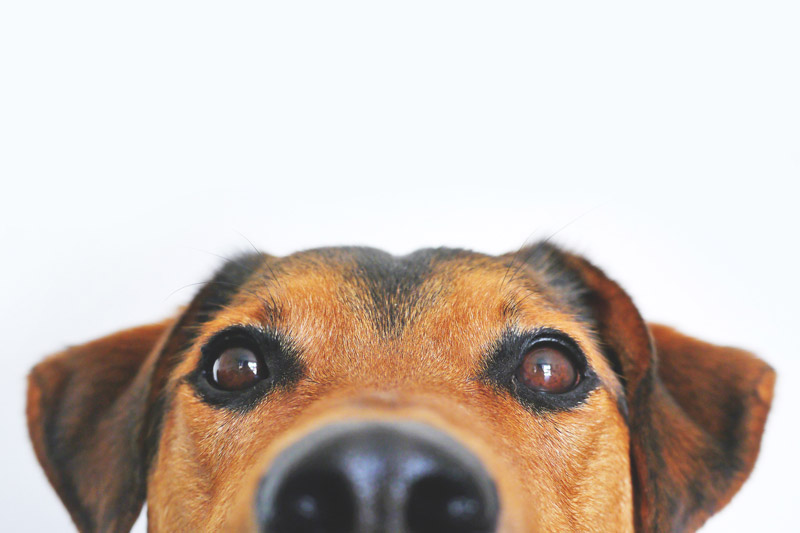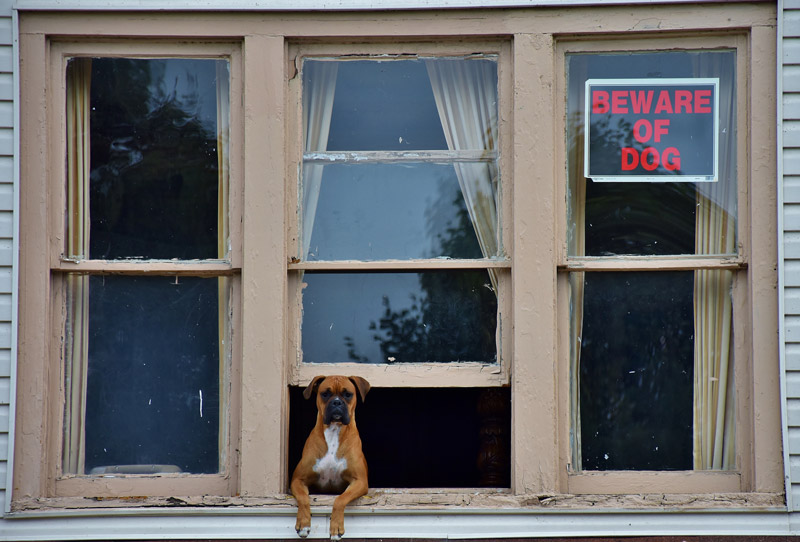
Natural disasters are no joke. And the last thing you want to do is to panic. No matter how bad the situation is, try to remain calm and do your best to protect yourself and your family. Including your pets.
That’s the reason why we’ve written this guide.
This is a disaster preparedness plan that’s going to make your preparation more organized.
We’ll go through reasons why you should be prepared for a disaster beforehand, share some useful tips and advice on what to do during the disaster, and how to comfort your pet.
To make it even more helpful, we’ll give you a checklist of things you need to do and stuff to have prepared to last through a disaster. You can find it at the end of the article.
Why Pet Disaster Preparedness is Important? Facts, Stats and Geographic Considerations
After the Hurricane season of 2005, disaster preparedness plan for pets became more important than ever. There are now recommendations from White House for local, federal, and state governments to focus on building disaster plans for pets evacuation.
Here is short statistics on natural disasters:
- The number of recorded natural disasters in 2018 is 282
- Global average death count from natural disasters in 2010s is over 50,000 people
- Global damage costs from natural disasters in 2018 is $107.77 billion
- Top three natural disasters in 2018 are floods, extreme weather, and extreme temperatures
- There are as much as 1 to 3 million people in the US who were forced to leave their homes due to a disaster
Emergency warning may come as early as a few days before a disaster, or just a couple hours in advance. This is one of the main reasons why you should always be prepared, especially if you live in an area that's prone to certain types of disasters. It’s a good idea to identify disasters common to your area. It will give you a better understanding of what preparations you’ll have to make in the first place.
If you know you can stay in your home during a catastrophe, choose the safest place well in advance, and make sure you have easy access to all the essential supplies.
You should also consider researching and engaging with your local communities. They can provide you with valuable information on how do natural disasters affect animals, help to build disaster plan for pets or hold events like animal disaster preparedness month.
Some useful links to get you started:
- Federal Emergency Management Agency (FEMA)
- Ready Campaign
- The Humane Society of the United States
- American Society for the Prevention of Cruelty to Animals
Keeping Your Pets Safe During a Disaster
- Choose the safest room in the house, preferably without windows. Keep all the items you’ve prepared before a disaster there.
- Crate your pet. Otherwise, it may feel danger, which will make them want to hide or run away. You can release your pet later for a short time.
- If your pet is in a crate - don’t leave it alone for too long. It depends on you and expects you to give it food and water.
- Secure exits from the safe place so your pets can’t escape if scared. If they did - you need to know all their hiding places well, so you won’t have troubles finding the animal.
- If there’s a chance, evacuate your pets first. This will make you sure they’re safe and will prevent stress.
- Keep your cats and dogs separated, even if they usually get along. Animals in natural disasters may act differently compared to calm environment.
- Keep unfamiliar items away from your pet. In a normal situation they might not care for those things, but they may act differently when stressed.
How to Comfort Your Pet During a Disaster
- First things first, try to stay calm yourself and speak in a soft and comforting voice. Not only will your pet feel this positive energy, but the feedback from the animal will also be comforting for you.
- Avoid unfamiliar activities, which may only worsen the condition of your pet.
- Have your pet’s favorite toys ready and encourage them to play. This will lower the animal’s stress.
- Let your pet sleep as long as possible. Don’t wake them up if they’ve fallen asleep, as they may have troubles doing it again later.
Pet Disaster Preparedness Checklist
Disasters usually strike without warning or approach extremely quickly, leaving you with very little time to prepare.
That’s why we’ve made this checklist. It will help you to stay focused so you won’t forget anything even in case there’s a little bit of panic involved.
Look through this list carefully and you’ll be able to figure out what to do and what to have prepared to keep your pet and yourself safe without unnecessary bustling.
What you need to do:
- Take care of identification. Microchip your pet if you haven’t done it already. It’s the best way to ensure you’ll reunite with your pet. Have collars and tags with contact information ready, too.
- Have a carrier ready. But not just buy and leave it behind until you’ll need it. Make your pet familiar with it so it won’t feel uncomfortable later.
- Plan for a safe place. You need to know where to go if your home won’t be safe. And under any circumstances, don’t leave your pet behind. If the place’s unsafe for you - it’s the same for your pet.
- Choose a temporary caregiver. They can be your friends or relatives who live nearby. Some shelters may be able to take your pets to look after during a disaster.
- Make sure your pet is healthy. Keep medical records up to date, make all the necessary vaccinations, and have your veterinarian contacts ready.
- Prepare an emergency kit. You can find all the necessary items to be included in your kit below.
Things to have prepared:
- Food and water. A minimum three day supply is necessary, along with feeding bowls and can opener (if necessary).
- Documentation. Medical records, registration information, contact list, boarding instructions (feeding schedule, medications, known behavioral problems or allergies) and photos of your pet (preferably with you). Don’t forget ID tags.
- First aid kit. Bandage tape and scissors, cotton bandage rolls, flea and tick prevention, antibiotic ointment, isopropyl alcohol and saline solution, latex gloves.
- Sanitation. Litter and litter box, paper towels, plastic bags, bleach or disinfectant, liquid soap.
- Travel supplies. A traveling bag, flashlight with extra batteries, heat lamp, muzzle, extra collars and leash, crate or carrier.
- Familiar items. Things that can help reduce your pet’s stress, like favorite toys, treats, blankets or familiar bedding.


